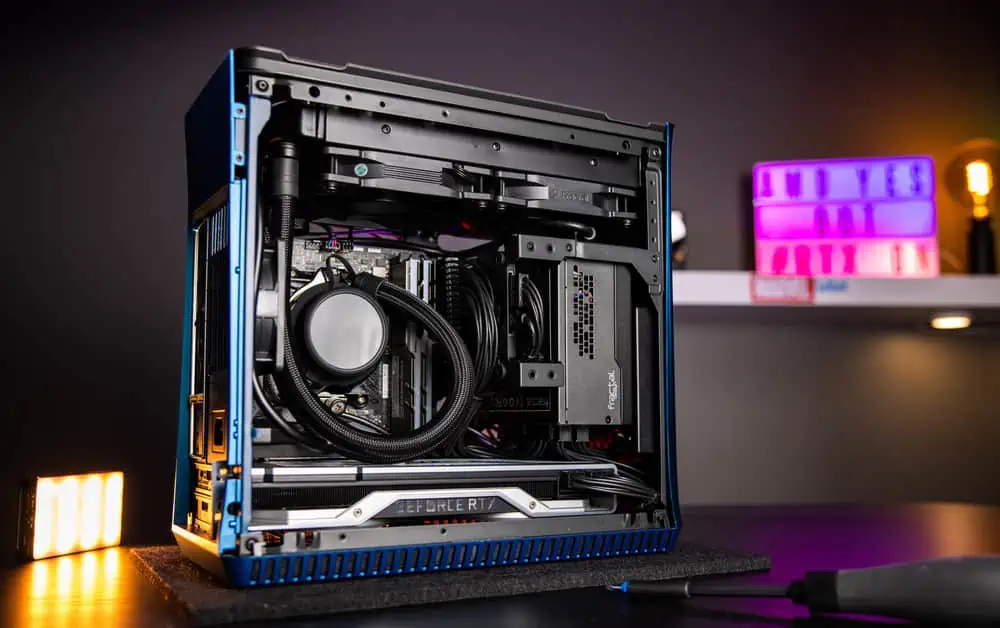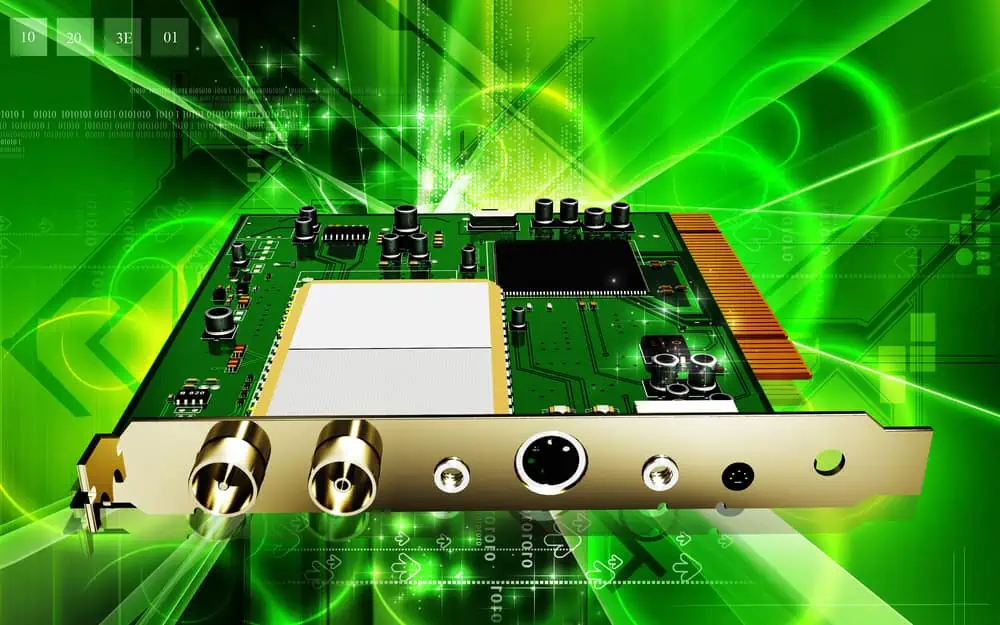Want to learn about data cables and their importance in today’s technology world? Read this article as it provides comprehensive information about these cables.
Overview
In today’s technology-driven world, a data cable plays a crucial role in facilitating the transmission of data between electronic devices. Acting as a physical link, it enables the exchange of information and helps to establish communication.
Thus, enabling various functionalities across a wide range of devices. Data cables are developed to transmit electrical or optical signals depending on the technology and medium involved.
Hence, some of the cables can be twisted pair cables, coaxial cables, or fiber optic cables. Nonetheless, the cables are created using materials and configurations that ensure efficient and reliable data transfer.
However, properly designing and constructing these communication cables are vital in preserving signal integrity. That reduces interference or loss while transmitting data.
Attributes of a Data Cable
After providing an overview of a communication cable in the previous section, let’s delve into the essential characteristics that define this cable.
Supports a Wide Range of Applications
Data cables are versatile and support several applications. These include computer networking, telecommunications, audiovisual connectivity, and peripheral device connections.
In computer networking, cables like Ethernet cables establish connections between local area networks (LANs). It also provides connections between computers, servers, routers, switches, and other network devices.
These cables allow the transfer of data packets between the devices. It also facilitates internet connectivity, file sharing, and networked resource access.
In telecommunications, communication cables play an important role in transmitting voice and data signals over long distances. The cables form the backbone of telecommunication networks, cell towers, connecting telephone exchanges, and other network infrastructure.
Particularly, fiber optic cables are widely used in telecommunications. This is due to their ability to maintain high-speed data signals over long distances with minimal loss.
Data cables are also vital in audiovisual connectivity. For example, HDMI cables enable the transfer of high-definition audio and video signals between devices such as televisions, monitors, and audio systems.
Finally, peripheral devices like printers, scanners, external hard drives, and cameras require data cables to transfer data and operate. USB cables, in particular, have become well-known for connecting a wide range of peripheral devices to computers and other compatible devices.
It Features Connectors
Typically, data cables are fitted with connectors on both ends to establish a secure connection between devices. With the help of these connectors, you can achieve precise alignment and connections, ultimately leading to reliable data transfer.
However, the connectors vary depending on the data cable type and the devices being connected. For example, Ethernet cables typically use RJ-45 connectors, which have eight pins that align with the corresponding ports on networking devices.
Meanwhile, USB cables may have various connector types, like USB Type-A, Type-B, or Type-C, each serving various purposes and device compatibility.
Varies in Length
Communication cables come in different lengths to adapt to several connectivity needs. Longer cables allow for greater flexibility in the placement of devices.
It also makes it possible to establish connections over greater distances. However, it is important to consider cable length limitations to avoid signal degradation over longer distances.
It Uses “Shielding”
Shielding is a common feature in data cables. It protects them against electromagnetic interference (EMI) and radio frequency interference (RFI).
Shielding is usually accomplished by incorporating metallic materials. It can also be achieved by implementing a twisted pair configuration.
Hence, it acts as a barrier, preventing external electromagnetic signals from interfering with the data transfer. Therefore, ensuring signal integrity and minimizing potential data errors or distortions.
Upsides of a Data Cable
Plug-and-play Functionality
Many data cables support plug-and-play functionality, allowing easy and seamless connections.
Plug-and-play cables are developed to recognize and configure connected devices automatically. Therefore, eliminating the need for manual driver installations or complex setup procedures.
This simplifies the connection process, making it more user-friendly and efficient. Hence, you can simply plug in the data cable into a compatible device; then you’re good to go!
Flexibility and Durability
Transfer cables are created to be flexible and durable to withstand frequent handling and bending.
Hence, they often feature high-quality plastics or rubberized coatings that offer flexibility while protecting the internal wiring. This flexibility permits users to install the cable and route it to different environments easily.
Besides, durability ensures that the cable can withstand physical stress and resist wear and tear. Therefore, resulting in a longer lifespan and reliable performance.
Power Delivery
Certain data cables, especially USB cables, can deliver power alongside data transfer.
This enables devices to be charged or powered directly through the cable connection. Therefore, reducing the need for separate power adapters.
This mostly happens with mobile devices like smartphones, where a single cable can handle data transfer and charging. Thus, facilitating cable management and reducing clutter.
It Offers Fast and Reliable Data Transfer
Transferring data via a data cable is faster and more reliable compared to wireless alternatives.
The cable provides higher bandwidth and lower latency. Therefore, ensuring efficient and stable data transfer.
Secure connection. Unlike wireless connections, which can be vulnerable to interference or unauthorized access, data cables offer a more secure means of data transfer.
Thus, reducing the risk of data breaches or signal interception.
Drawbacks of a Data Cable
Prone to Physical Damage
Transfer cables are vulnerable to physical damage, like bending, twisting, or being accidentally pulled or snagged.
Any physical damage to the cable can lead to malfunction or interrupted data transfer. Therefore, requiring repairs or replacement.
Limits mobility
Unlike wireless connections, data cables impose limitations on mobility due to their physical constraints.
Basically, users need to physically attach the cable to their device, which restricts their freedom to move around or move the device.
It Can Cause Cable Clutter
Communication cables can contribute to cable clutter and require adequate cable management.
Basically, multiple cables can get tangled or create a messy appearance. Therefore, requiring organization and regular maintenance to ensure an organized and efficient workspace.
Frequently Asked Questions
Common types of communication cables include Ethernet cables, USB cables, HDMI cables, DisplayPort cables, Thunderbolt cables, and fiber optic cables.
Certain transfer cables, like USB cables, can transfer power and data.
Yes, it is possible to extend the length of certain communication cables using techniques like cable splicing, couplers, or an appropriate cable extender. However, ensuring that the extended cable length does not exceed the maximum supported length is vital.
In some cases, transfer cables are backward compatible. For example, newer versions of USB cables are backward compatible with older USB ports.
Yes, they are secure and reliable.
Conclusion
Data cables are vital in modern connectivity, allowing efficient and reliable data transmission between electronic devices. They offer several advantages, such as fast and secure data transfer, reduced signal interference, and compatibility with various devices.
Moreover, communication cables are available in various types and designed to meet specific requirements. For example, Ethernet cables are for networking, USB cables are for device connectivity, and HDMI cables are for multimedia transmission.
While transfer cables provide many benefits, they have certain limitations. These include limited mobility, cable clutter, and vulnerability to physical damage.
Overall, communication cables are the backbone of our interconnected world. They provide the reliable and efficient data transmission needed for our digital lives.
We trust that the information provided in this article has been enlightening and useful to you. Feel free to share your thoughts by utilizing the “Leave a Reply” form located at the bottom of this page.
Alternatively, you can respond to the “Was this page helpful?” question below.
Finally, visit our Technology Explained page to discover more informative articles similar to this one.



